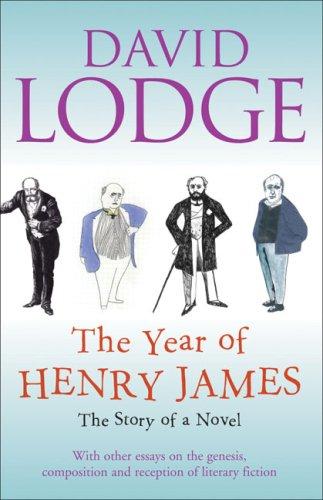
Where do novelists get their ‘ideas’ from? How do they develop an idea into a narrative with a specific and individual form? How far is the reception of a work of fiction conditioned by factors outside the writer’s control? In the first part of this book, in revealing and often amusing reminiscence, David Lodge traces the history of his recent novel about Henry James, Author, from the very first mention of the basic idea in his notebook, through the processes of research and writing, to the publication and reception of the finished book, which was adversely affected by the appearance of another novel on the same subject some six months earlier. These two were not the only novels inspired by Henry James in circulation in the year 2004, a phenomenon which Lodge sees with hindsight as ‘a coincidence waiting to happen’, with ironic consequences that the Master himself might have invented. The essays in the second part pursue the themes of genesis, composition and reception in the work of other novelists.There are studies of key works by James himself, H.G.Wells, Vladimir Nabokov, J.M.Coetzee and Umberto Eco, and essays on the literary sources of Graham Greene’s imagination and on a significant anthology of the ‘Best of Young American Novelists’. Collectively the contents of this book throw a brilliant light on the dominant literary form of the last two centuries, in its twin aspects as work of art and commodity.
| Categorie | Carte straina |
|---|---|
| Magazin | carturesti.ro |
| Marca | Vintage |
